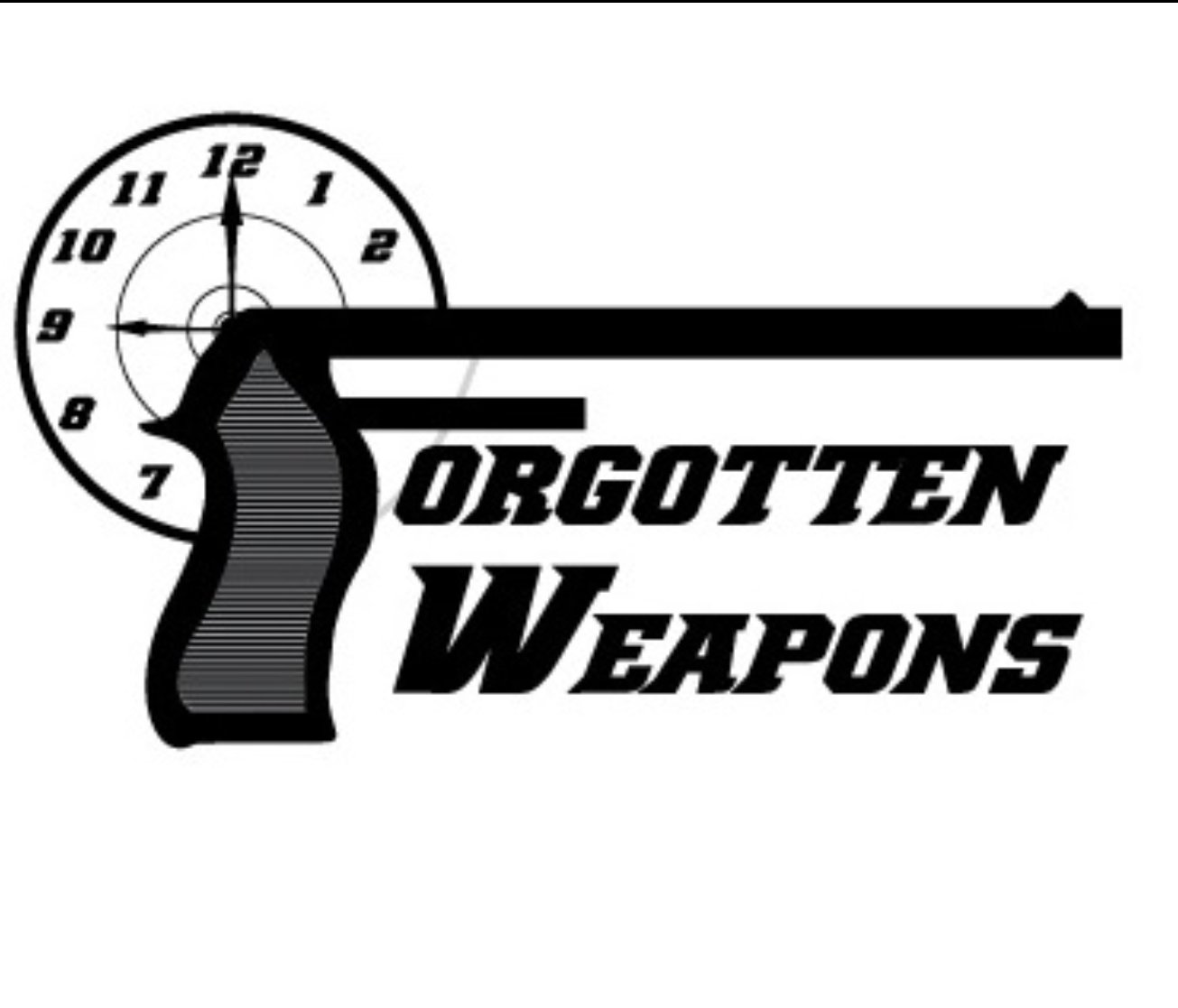- cross-posted to:
- HistoryDrawings@kbin.social
- cross-posted to:
- HistoryDrawings@kbin.social
What does the excelsior c2 do?
It is a “defensive” design, and features a warhead filled with shrapnel and explosives. It features a fuse with a propeller on the end, which would release the striker pin during flight, and it was intended to detonate on impact. As originally produced these had a “skirt” around the handle, intended to make sure it flew in the correct direction to activate the fuse. Even with this provision, there were many grenades that failed to arm in the air, landing with no explosion.

Apparently (and I’m no grenade expert so take this with a grain of salt), they were grenades that were triggered by a propeller on the top.
See this post: https://thebignote.com/2021/08/15/italian-grenades-of-the-great-war-part-five-the-excelsior-thevenot-p2/
The propeller plays a role, but a safe/arm mechanism rather than the detonating mechanism. If you look at the diagram in your link you can see a spring underneath the propeller in the side view. The propeller would screw all the way down that it could during flight, and then the impact from landing nose first would overcome the spring and send the firing pin into the detonator.
Interesting! Thank you for the info
this principle (in highly modernized implementation) was later used in cold war era (maybe even ww2 era) air-dropped bombs and later in american common 120mm/81mm/60mm mortar fuze M734. sometimes it’s mechanical, sometimes propeller drives tiny generator and fuze is electric
Absolutely, propeller armed fuzes were used in WW2!
As an example, a WW2 American 500 pound bomb could and would be fitted with two fuzes, both propeller armed. An AN-M 103 at the nose, and an AN-M101 in the rear. Other countries had other models on the same idea.

Even past the cold war, using propellers as arming systems on bombs continued. Propeller fuzes for 80 series bombs are found in the Afghan Quick Reference Guide, a book meant to help ID ordnance likely to be found in the field. Any American GP bombs found in Afghanistan would be from 2001 or later.
Propellers are just a really good system for arming something that’s being forcefully propelled, or dropped from a plane.
The Orlov had a critical secondary design feature, where you smacked the bottom against the ground, and it turned you immediately into the God of Thunder.





